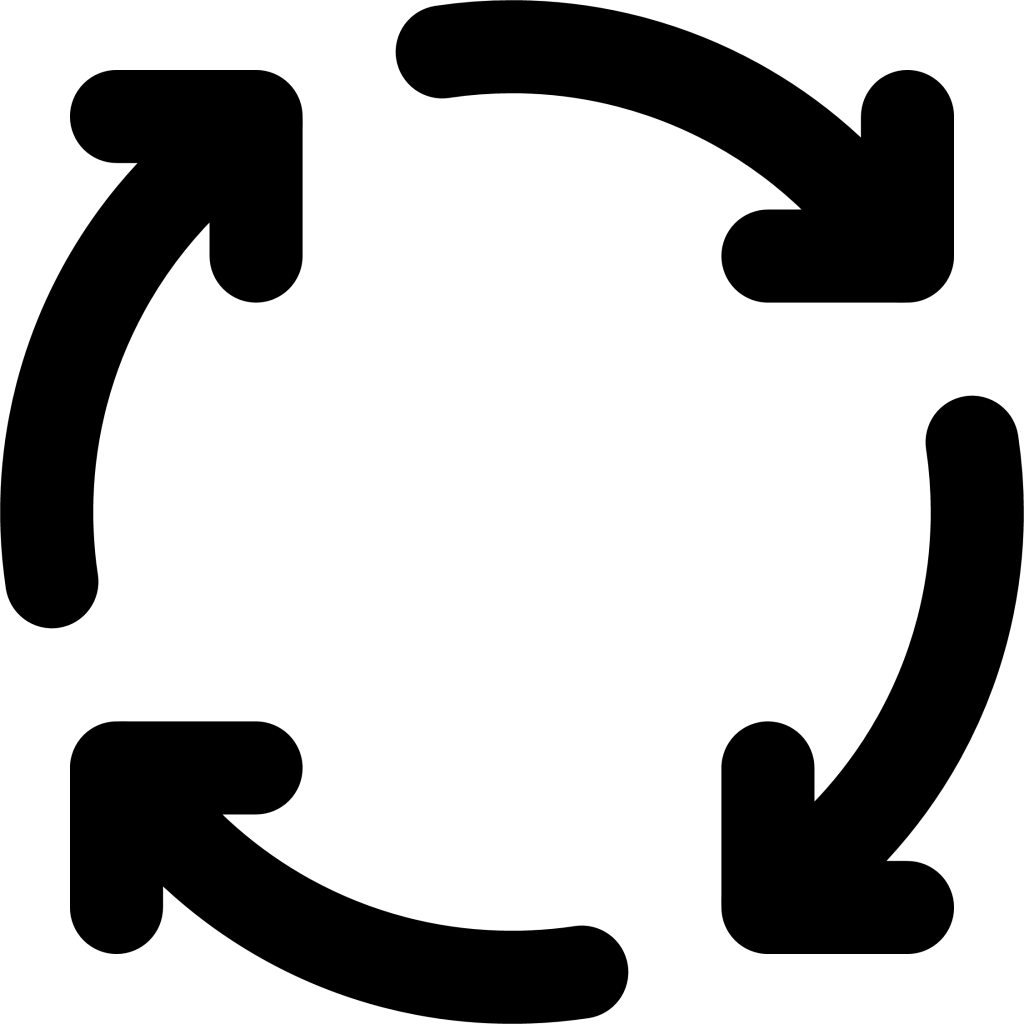
Step 1: Capture Carbon
Capturing carbon is a proven, tangible action individuals can take to further reduce one’s carbon footprint. There are two major ways to do this:
- Growing trees. Wait until they reached their peak carbon sequestration capacity. Carefully cut down the tree using appropriate tools and safety precautions. You can also harvest the wood that naturally falls such as broken branches. Do so before the wood rots otherwise it will already release its carbon back into the atmosphere. Remove the bark to expose the wood underneath. Cut the wood into blocks with flat surfaces if possible, as they are easier to stack. Compost the bark and shavings.
- Repurposing Wood: Alternatively, you can repurpose wood that would otherwise be destined for the landfill. Look for discarded lumber or construction materials that can be salvaged and used for carbon capture purposes. Remove carefully any nails and screws. Repurposing wood helps reduce waste and provides a sustainable solution to capturing carbon when you don’t have access to land.

Step 2: Write a Letter
Write a letter to accompany the carbon capture material, expressing your concerns about the Climate Catastrophe and urging political leaders to take decisive action. Include a call for phasing out and banning fossil fuels. Templates for letters are available to provide guidance and ensure consistency in messaging. Personalize the letter with your own thoughts and experiences to make it more impactful.
If you decide to ship just the letter without the carbon capture, no postage is necessary. In this case, you should include a picture of your carbon capture parcel, and mention how the politician can pick up.
If you’re going to send it by mail, research the name and Hill Office address of your local Member of Parliament (MP), including the Minister of the Environment and Climate Change. You can also send it to Senators.
- Complete list for all MPs to find their name, and the Hill Office mailing address to use
- Complete contact list for senators, and the mailing address to use
- Do not address any politician at their constituency office
Template

Step 3: Package and Send
Once you’ve captured the carbon, it’s time to package it and send it to political representatives to advocate for climate action.
At this point you have a few options:
Free Options
Deliver your parcel in person
This can be done at this address only:
2303 Stevenage drive
Ottawa, Ontario.
Mail just a letter
Canada Post offers free postage for letters addressed to political representatives on Capital Hill. Use the “pick-up option” letter template.
Paid Option
Prices will vary depending on the size, weight, and distance.
- As an example of a less expensive shipment, a 2x4x12 inches of oak, weighing 1kg, shipped from Toronto, is estimated to cost about $20.
- As an example of an expensive shipment, a 10x10x10 inches of oak, weighing 30kg, shipped from Vancouver to Ottawa, is estimated to cost about $90.
Smaller packages send from closer will cost less. Shipping a “Regular Parcel” is “carbon-neutral“.
Don’t make a special trip for a single parcel; get together with your friends and send a bunch of them at once.
Checklist:
- Attach your signed letter. Verify you have the correct address. (See step 2.)
- Packaging: Wrap the carbon capture material securely in paper or other biodegradable packaging material. Ensure that the package is sturdy and well-sealed to prevent damage during transit.
- Follow the rules! Only mail things that are safe and legal. In Canada, it’s legal to mail wood, but do not mail bark. Ensure that your parcel adheres to Canada Post’s size and weight restrictions. Maximum dimensions for parcels are are:
- 2 meters long
- 2 meters high
- 2 meters wide
- The total of width plus height plus length must not exceed 3 meters
- The maximum weight must not exceed 30 kg.
- Be kind:
- We want to leave a positive impression of our activism.
- Do not make packages heavier than necessary. Prefer to send multiple medium parcels rather than one heavy parcel.
- Do not post sawdust, wood chips, pellets, bark, or anything else than a sizeable solid piece of wood.

Step 4: Repeat
The goal is to send 36 tonnes of wood (about half of which is carbon) per person every year, to be returned back into the ground where it came from. Pace yourself.
Stay informed of our progress. We’ll let you know once we start to see results.
By capturing carbon and regularly sending it to political representatives, you’re not only raising awareness about the importance of climate action but also holding elected officials accountable for addressing the climate crisis. Your actions can inspire others to join the movement for a more sustainable and resilient future.